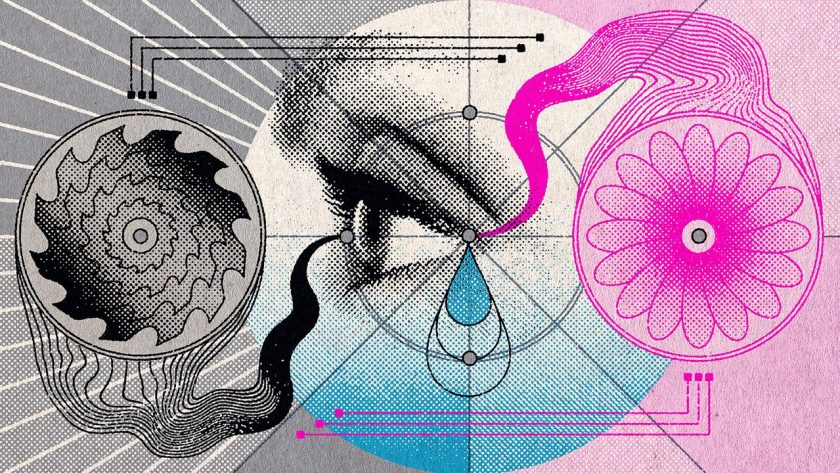“So, I have some bad news,” my Dad tells me as we pile into the car, after the doors shut but before I buckle in. “They found Lily. And she was not alive.”
It is 2009, midsummer in Los Angeles. I am fourteen. The worst has just happened: The summer before her senior year of high school, at seventeen, my sister’s best friend was murdered. She had gone downtown to run an errand and never returned. The hours crept on; we feared the worst, we talked ourselves down from fear, we feared some more. A warehouse worker found her in her car the next morning.
I knew Lily well. She had attended school with my sister since kindergarten, come over often for dinner and sleepovers, humored us goys at Christmas by mortaring gingerbread panels together with sickly frosting. She was a good writer and a good actress, serving as teacher’s assistant at a theater camp I attended that summer. Her unabashed interest in and respect for people—the kind children crave especially—did nothing to dampen her caustic wit. Her sense of humor was dark, Sonoran-dry, a combination I loved and sought to emulate. I still laugh at a memory of her at our dining room table, telling an impassioned anecdote about trying to park near an Aaron Brothers framing store—a title she positively spat, as though incredulous that those men had the audacity to be brothers, much less go into picture framing together.
Steeped in denial, I resisted therapy as long as I could. Shortly after the killing, my dad managed to drag me to a single session, where the doctor made little impression other than his resemblance to a walrus. I resisted years later when I fell into a dark, sharp grief following a canoe retreat with my high school class where, one gray morning, we paddled past the body of a woman who had leapt to her death from a bridge near our campsite the night before. But after three semesters at Oberlin College, depressed and sick with Lyme disease, I came home and finally relented. I attended talk therapy religiously, two to three sessions per week, for the better part of a year. We discussed the killing, but also plenty else. Come fall, my Lyme-swollen knees deflated, I regained a sense of stability, ended the sessions, and resumed college. Then March of 2020 came in like a lion: In short order, a pandemic shuttered the world and a close friend killed herself. I was particularly shaken, given that I had long flirted with suicide myself. These new deaths kept unearthing the old—namely, they kept unearthing Lily.
After trying Zoom therapy, after trying Lexapro, after going cold turkey on Lexapro when my psychiatrist inexplicably ghosted me, after getting worse and better and worse again, I moved back to Asheville, North Carolina, where I’d finished my degree. When it comes to wellness, a kind of magical thinking reigns supreme in that mountain town. Something of a mecca for wayward hippies, it’s a place where you’re quicker to be recommended for a tarot reading than psychotherapy. I was skeptical, then, when a new friend described a therapeutic process she had undergone as “a game changer.” It was something I’d heard of long ago but had never tried: Eye Movement Desensitization and Reprocessing, or EMDR. It sounded suspiciously like hypnosis, too close to the snake oil panaceas so readily peddled in this crunchy city of crystals, auras, and energies. But I needed a reason to pick a new health insurance plan, and I found one that covered EMDR. Not having to pay out of pocket for a strange new therapy was as good a reason as any.



